Date: 9 November 2006
In 1990, Adkins had attended a tradeshow in Atlanta, Georgia, and witnessed first hand a demonstration of laminated glass. After several repeated hits with a large iron bar on a laminated glass window, the glass had cracked, but the pieces had stuck to the Saflex protective interlayer and remained intact within the frame. Adkins, a business owner and resident in Guam, realized if laminated glass could take heavy hits by a steel bar, it could also withstand and protect his new home against the destruction of typhoons.
The use of laminated glass in typhoon or hurricane prone areas helps provide protection from turbulent winds, strong gusts of air and windborne debris. Upon impact, laminated glass may crack, but the pieces tend to adhere to the Saflex protective interlayer rather than breaking into fragments or creating dangerous shards like ordinary glass. With its ability to remain intact within the frame, laminated glass made with Saflex protects a building’s "envelope" from strong winds rushing in and creating internal pressurization which can push out the walls and roof – causing the complete destruction of a building.
This type of protection was of particular interest to Adkins. A few years earlier, he had experienced the powerful destruction of a typhoon as a neighbor’s carport was blown into the side of his house after having toppled over two other houses. "The impact of the carport knocked the shutter system off my bedroom window, sending 2 x 4 lumber crashing through the glass window located only one foot away from where my wife and I laid in bed," says Adkins. Both Adkins and his wife were lucky to have escaped without injury. But, their home and contents sustained around $10,000 in damages.
While this experience plus the demonstration at the tradeshow had first convinced Adkins to install laminated glass windows in his home, it was not long until his decision was reconfirmed. Only a year later, Adkins once again witnessed the superior property protection of laminated glass over other forms of protection as Supertyphoon Omar put his new windows and doors to the test.
With wind speeds reaching 185 mph, Supertyphoon Omar caused severe destruction to many homes and businesses in Guam. Once again, the roof from a neighbor’s home slammed into the second-story windows of Adkins home, knocking them out of their frames. The laminated glass windows were blown 12 feet back into a concrete beam and crashed onto a marble floor 20 feet below. "The glass shattered but the windows were still in one piece. I was absolutely amazed at how strong the glass was. In comparison, we had a solid wood door that exploded into a thousand pieces when the wind’s pressures hit it. The door looked as if a bomb had gone off in it, whereas the laminated glass remained completely intact."
Upon examination it was revealed the window FRAMES had failed, having only been engineered to survive 155 mph winds – standard code in Guam. In Supertyphoon Omar, Adkins realized it’s important to pay for good windows, but it’s also important to pay for good frames. Unfortunately for Adkins, this lesson caused his interior of his home to be completely destroyed, totaling more than $450,000 in damages.
After Supertyphoon Omar, Adkins used frames engineered for 277 mph winds and laminated glass for more than 300 mph in his windows. Based on his experiences, he not only had laminated glass windows used in his new home, he also specified laminated glass for his East-West Business Center in Upper Tumon. By using laminated glass in his business center, Adkins was not only helping to ensure his businesses safety from severe weather, he was able to receive a building loan without purchasing typhoon insurance – an exorbitant expense. The savings from not having typhoon insurance more than paid for the extra cost of laminated windows and strong frames.
Five years after Supertyphoon Omar, Guam experienced its next big storm – Supertyphoon Paka. With sustained winds reaching 150 mph and gusts recorded up to 236 mph, Supertyphoon Paka caused more than $200 million in damages, destroying homes, businesses and almost everything in its path. "Trees were literally ripped out of the ground by their roots," says Adkins.
But Adkins’ home, located only an 1/8 mile from the beach, survived while neighboring homes and buildings suffered damage and/or complete collapse. The East-West Business Center also survived, with only two cracked windows to replace – a small price in comparison to nearby damage. Ironically, sheet metal from two neighboring warehouse roofs hit the third story of the business center, cracking the glass.
Much of the damage from Supertyphoon Paka was caused by failed window and door protection systems. In Guam, shutter systems -- both plywood and accordion shutters -- are predominately used for typhoon protection. As Adkins witnessed, "Shutters are just another type of debris in a supertyphoon. We witnessed a lot of shutters that simply peeled off their windows, leaving the structure completely unprotected and damaged."
Adkins believes laminated glass should be required to be installed in new windows used for buildings in Guam. "Now is the time for us to look at ways to make safer buildings and plan for the next supertyphoon." As witnessed during Supertyphoon Paka, laminated glass made with Saflex provided superior property protection, maintaining its integrity against some of the strongest recorded winds in history. Laminated glass would also help lower typhoon insurance rates by reducing damage and insurance claims.


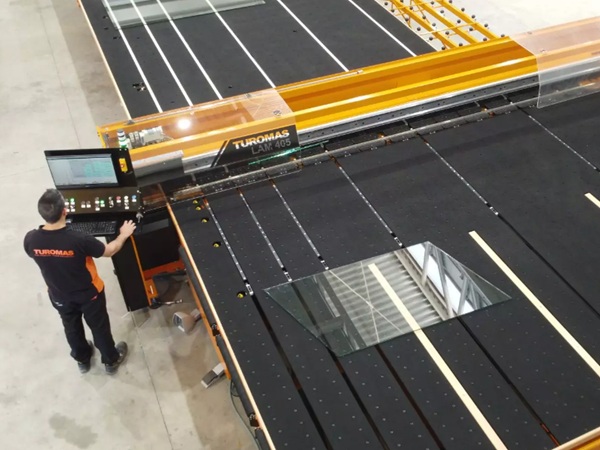



















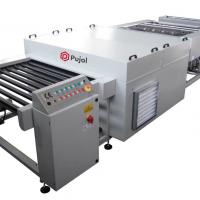
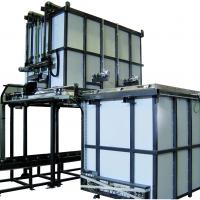
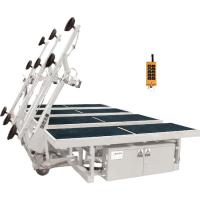

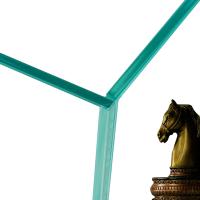

Add new comment